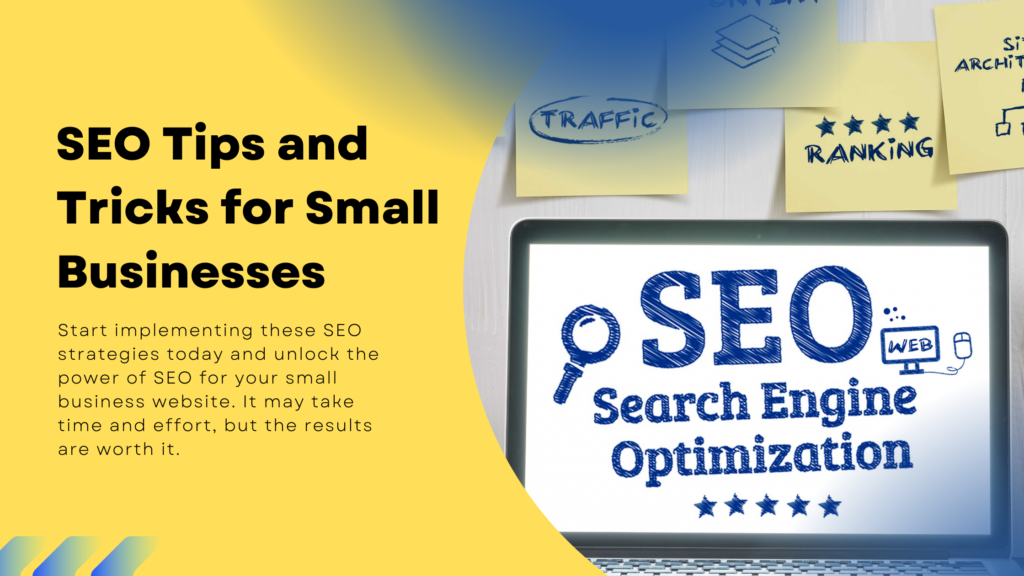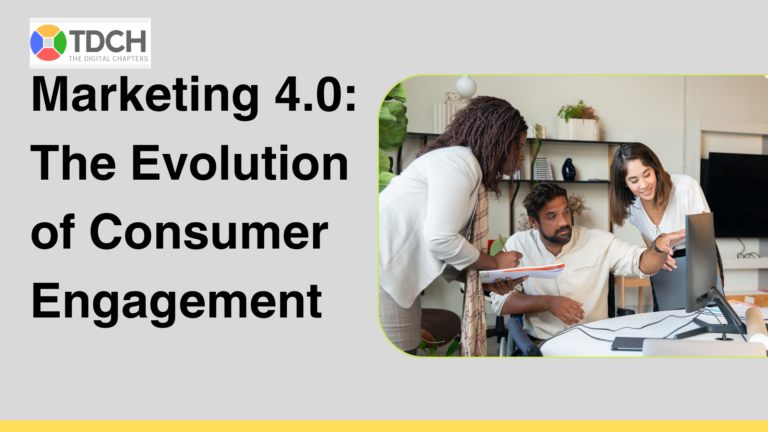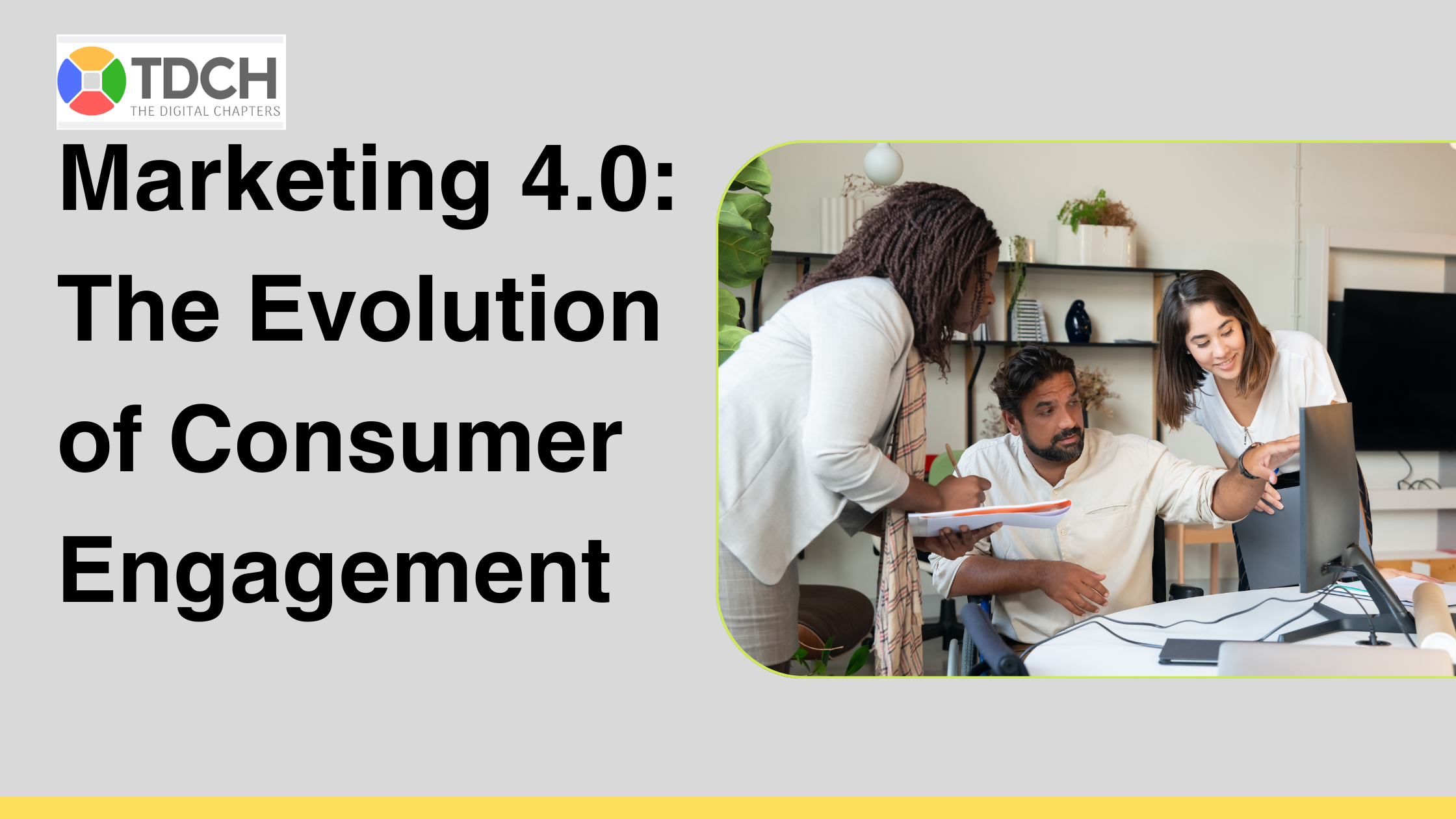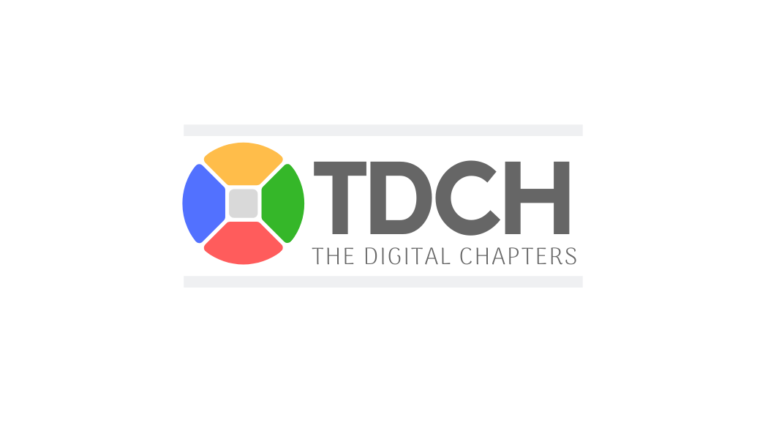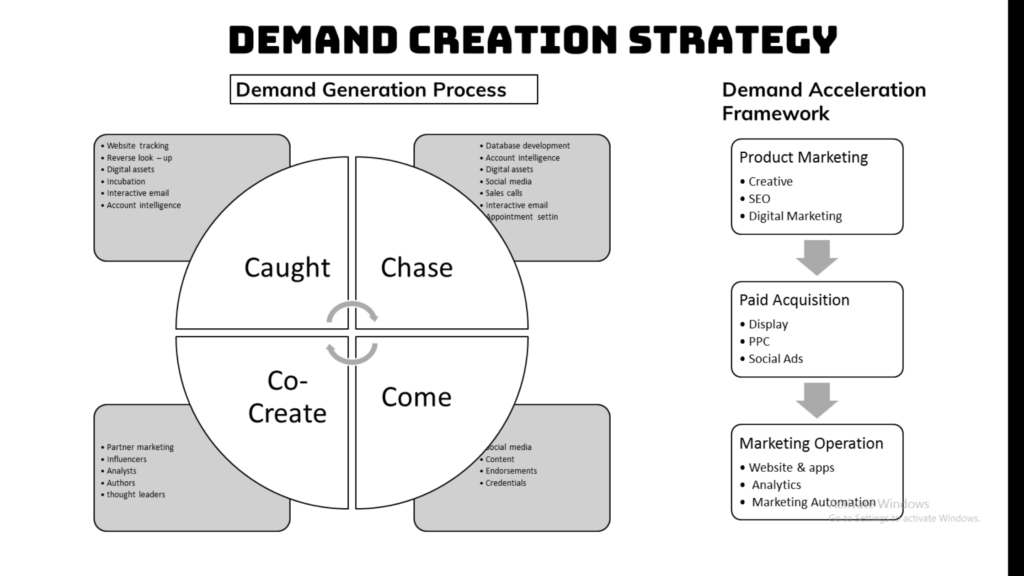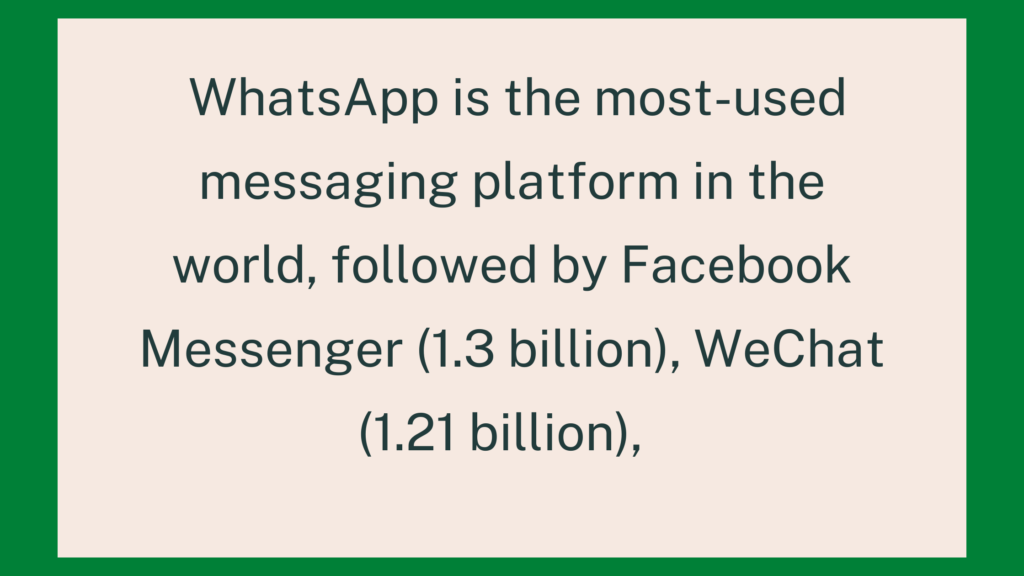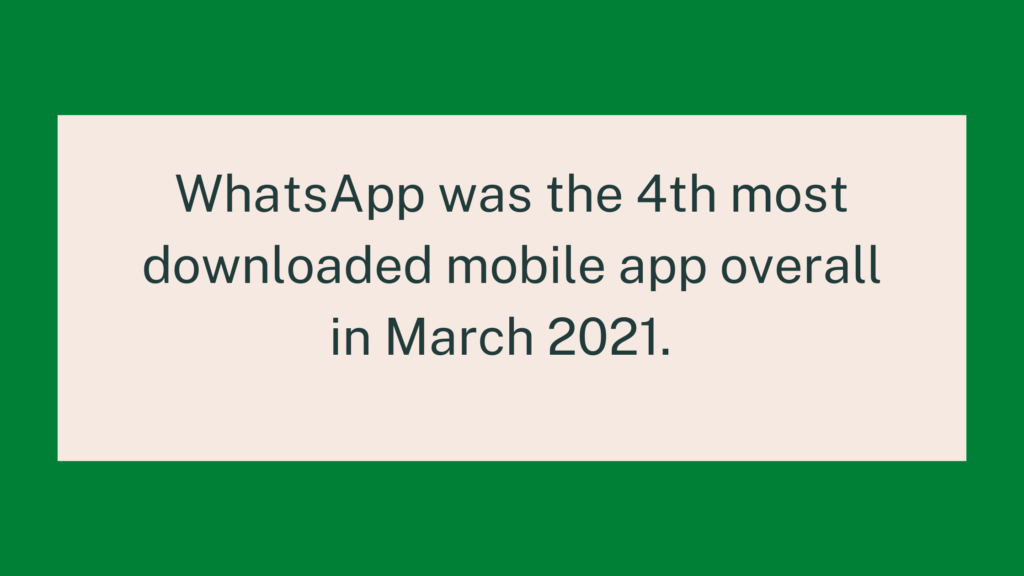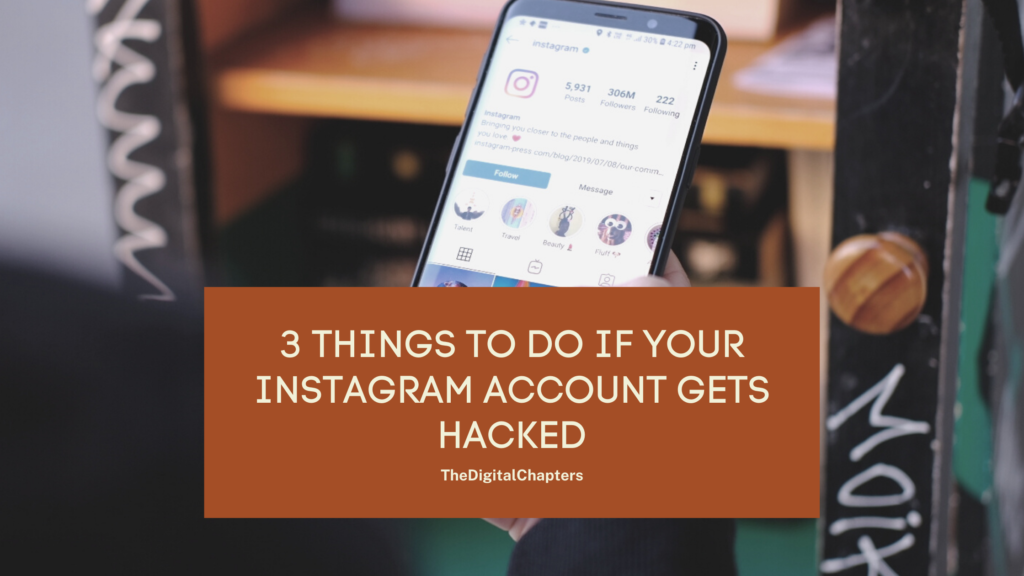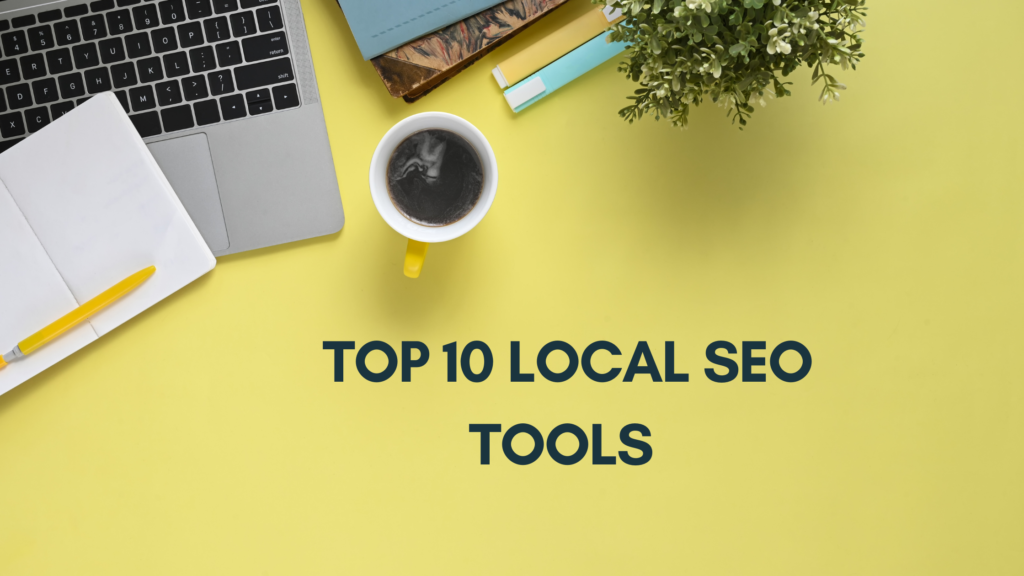Digital Marketing for Car Dealerships
In today’s highly competitive automotive industry, establishing a robust online presence and engaging with your target audience through digital channels is essential for sustained success.
By implementing the right strategies, you can build your brand, attract potential customers, and ultimately generate more business.
Digital marketing for car dealerships encompasses a range of techniques and platforms that enable you to reach, connect, and influence your target market.
From optimizing your website for search engines to leveraging social media, email marketing campaigns, video marketing, and partnerships with influencers, there are numerous avenues to explore.
Each of these tactics plays a crucial role in enhancing customer engagement and driving conversions.
- Introduction
- Enhancing Online Visibility
- Harnessing the Power of Social Media
- Leveraging Email Marketing Campaigns
- Embracing Video Marketing
- Collaborating with Influencers and Partners
- Tracking and Analysing Campaign Performance
- Maximizing Online Reviews and Reputation Management
- Implementing Local Advertising Strategies
- Enhancing Customer Experience with Technology
- Conclusion
2. Enhancing Online Visibility
To drive customer engagement and increase your dealership’s visibility online, it’s crucial to optimize your website for search engines and improve your local search presence.
By implementing the following strategies, you can ensure that potential customers find you when searching for car dealerships or automotive services in your area.
2.1. Optimizing a Website for search engines
When it comes to online visibility, search engine optimization (SEO) is a key driver. By optimizing your website, you can improve its rankings in search engine results pages (SERPs) and attract more organic traffic.
Here are a few essential steps to optimize your website for search engines:
A. Conducting keyword research ( Digital Marketing for Car Dealerships )
Start by identifying relevant keywords and phrases that potential customers are likely to use when searching for car dealerships or automotive services.
Tools like Google Keyword Planner and SEMrush can help you discover high-volume and low-competition keywords.
B. On-page optimization techniques
Ensure that your website’s structure is user-friendly and easy to navigate, with clear and concise descriptions of your services and offerings.
2.2 Utilizing local search engine optimization (Local SEO)
Local SEO focuses on optimizing your online presence to target customers in your specific geographical location. This is crucial for car dealerships as most customers prefer to find nearby options.
Implement the following strategies to improve your local search visibility:
A. Claiming and optimizing Google My Business (GMB) listing
Claim your GMB listing and provide accurate and up-to-date information about your dealership, such as contact details, opening hours, and customer reviews.
Optimize your GMB profile by selecting relevant categories and adding high-quality photos.
B. Encouraging customer reviews and testimonials
Positive reviews and testimonials from satisfied customers not only boost your credibility but also improve your local search rankings.
Encourage customers to leave reviews on your GMB listing and other review platforms such as Yelp or Trustpilot.
2.3.Creating informative and engaging content
Content creation is a powerful tool for establishing thought leadership, providing valuable information to customers, and improving your website’s search engine rankings. Consider the following content strategies:
A. Blogging about car-related topics
Create blog posts that cover various car-related topics such as maintenance tips, car-buying guides, and industry trends. This not only demonstrates your expertise but also helps drive organic traffic to your website.
B. Sharing customer success stories
Highlight positive experiences and success stories of customers who have purchased cars or availed of your services. This builds trust and credibility, encouraging potential customers to choose your dealership.
By optimizing your website for search engines, utilizing local SEO strategies, and creating valuable content, you can enhance your online visibility and attract potential customers to your car dealership or service center.
Take action now and implement these tactics to stay ahead in the competitive digital landscape.
Section 3: Harnessing the Power of Social Media
Social media has become an integral part of our daily lives, offering immense opportunities for businesses to connect with their target audience and build brand awareness.
By leveraging the power of social media, car dealerships can engage with potential customers, showcase their inventory, and establish a strong online presence.
3.1. Choosing the right social media platforms
Not all social media platforms are created equal, and it’s important to identify the platforms that align with your target audience and business goals.
Consider factors such as demographics, user behavior, and platform popularity among car enthusiasts. Some popular platforms for car dealerships include:
- Facebook: With its vast user base and robust advertising capabilities, Facebook offers excellent opportunities to reach a wide range of potential customers.
- Instagram: Known for its visual appeal, Instagram is ideal for showcasing your inventory, sharing stunning car photos, and engaging with enthusiasts.
- YouTube: As a video-centric platform, YouTube enables you to create engaging video content such as car walkarounds, test drives, and tutorials.
3.2. Building a strong social media presence
Once you’ve identified the platforms that best suit your dealership, it’s time to build a strong social media presence. Consider the following strategies:
A. Sharing visually appealing car photos and videos
Capture high-quality visuals of your inventory and share them on social media platforms. Highlight unique features, showcase different angles, and create a visually captivating experience for your audience.
B. Running contests and giveaways
Engage your audience by organizing contests or giveaways that encourage participation and sharing. This not only boosts brand awareness but also generates excitement and engagement.
3.3. Engaging with the audience
Engagement is key to building a loyal and active community on social media. Follow these practices to effectively engage with your audience:
A. Responding to comments and messages promptly
Actively monitor your social media platforms for comments, messages, and mentions. Respond promptly, address queries, and engage in meaningful conversations with your audience.
B. Using social listening tools to monitor brand mentions
Utilize social listening tools to monitor brand mentions and industry-related conversations. This allows you to stay informed about customer sentiments and engage in relevant discussions.
Create a social media strategy to connect with potential customers and build brand loyalty. Choose the right platforms, build a strong presence, engage with your audience, and monitor conversations using social listening tools.
Harnessing the power of social media can significantly amplify your brand’s reach, engage potential customers, and drive business growth.
4. Leveraging Email Marketing Campaigns (Digital Marketing for Car Dealerships)
While social media may steal the spotlight, email marketing remains a powerful and effective tool for nurturing leads, maintaining customer relationships, and driving repeat business.
4.1 Building an email subscriber list
The foundation of a successful email marketing campaign is a high-quality subscriber list. Here’s how you can build and grow your list:
A. Opt-in forms on your website:
Place strategically positioned opt-in forms on your website, such as in the sidebar, footer, or as pop-ups, offering incentives like exclusive discounts, car buying guides, or maintenance tips to encourage visitors to subscribe.
B. In-store sign-ups:
Implement in-store sign-up sheets where customers can provide their email addresses voluntarily. Train your staff to mention the benefits of subscribing to your newsletter or promotional emails.
4.2 Personalizing email content
Personalization is key to capturing the attention and interest of your email subscribers. Consider these strategies for effective personalization:
A. Segmenting your email list
Divide your subscribers into segments based on their preferences, demographics, purchase history, or engagement levels. This allows you to send targeted and relevant content to each segment, increasing the chances of conversion.
B. Personalized subject lines and content
Craft subject lines that resonate with the recipient and use their name in the email to create a sense of personal connection. Tailor the content of your emails based on the recipient’s preferences and previous interactions with your dealership.
4.3 Implementing automated email workflows
Automation simplifies the process of sending timely and relevant emails to your subscribers. Consider the following automated email workflows:
A. Welcome emails
Send a warm welcome email to new subscribers, thanking them for joining your list and providing them with valuable information about your dealership, services, or special offers.
B. Abandoned cart emails
If a potential customer adds a vehicle to their cart but leaves without completing the purchase, send automated emails reminding them of the vehicle and enticing them to come back and finalize the transaction.
Build and grow your email subscriber list, personalize your email content, and implement automated email workflows to nurture leads and drive customer engagement.
By harnessing the power of email marketing, you can stay top-of-mind with your audience, provide valuable content, and drive them to take action.
5. Embracing Video Marketing
By embracing video marketing, car dealerships can showcase their inventory, provide valuable information, and create immersive experiences for potential customers.
Let’s explore the power of video marketing and how you can leverage it to drive customer engagement for your automotive business.
5.1. Creating engaging video content
A. Vehicle walkarounds:
Produce high-quality videos that showcase the features, performance, and aesthetics of the vehicles in your inventory. Give potential customers a virtual tour, highlighting key selling points and addressing common questions.
B. Test drives and reviews:
Film test drives and provide honest reviews of popular car models. This helps potential customers experience the vehicle firsthand and make informed purchasing decisions.
5.2. Utilizing live video streaming
Live video streaming allows you to connect with your audience in real-time and create interactive experiences. Consider the following strategies:
A. Live vehicle launches and events:
Stream live videos during vehicle launches, special events, or promotional activities. This creates a sense of exclusivity and urgency, encouraging viewers to engage and take action.
B. Q&A sessions and tutorials:
Conduct live Q&A sessions where viewers can ask questions and get immediate responses. Additionally, provide tutorials on topics such as maintenance tips, car care, or DIY repairs.
5.3. Sharing customer testimonials and success stories
Customer testimonials are powerful social proof that can build trust and credibility. Utilize video testimonials where satisfied customers share their positive experiences and highlight the benefits of choosing your dealership.
Embrace video marketing by creating engaging video content, utilizing live video streaming, and sharing customer testimonials to captivate your audience and foster customer engagement.
Video marketing offers a dynamic and engaging platform for car dealerships to connect with potential customers and showcase their offerings.
6. Collaborating with Influencers
Influencer marketing has emerged as a powerful strategy for brands to reach their target audience and build trust.
By collaborating with influencers in the automotive industry, car dealerships can tap into their established audiences and leverage their influence to drive customer engagement.
Here, I am explaining, how you can effectively collaborate with influencers to promote your dealership or service center.
6.1. Identifying relevant influencers
A. Research and vetting
Conduct thorough research to identify influencers who align with your brand values and target audience. Look for influencers who have a significant following, engage with their audience, and have a genuine interest in automobiles.
B. Niche expertise
Consider influencers who specialize in automotive content, car reviews, or lifestyle related to cars. They should have a deep understanding of the industry and a loyal following of car enthusiasts.
6.2. Establishing partnerships and campaigns
A. Sponsored content
Collaborate with influencers to create sponsored content that highlights your dealership, showcases specific vehicles, or promotes your services. Ensure that the content is authentic, engaging, and resonates with the influencer’s audience.
B. Giveaways and promotions
Partner with influencers to run giveaways or promotions that involve your dealership. This can generate excitement, increase brand awareness, and attract new customers.
6.3. Tracking and measuring results
A. Unique tracking links
Provide influencers with unique tracking links or discount codes that can be used by their audience. This allows you to track the traffic and conversions generated through their promotional efforts.
B. Analyzing engagement and conversions
Monitor the engagement metrics and conversions resulting from influencer collaborations. Analyze the impact of each campaign and adjust your strategies accordingly.
Collaborate with influencers who have a genuine interest in the automotive industry to promote your dealership or service center. Establish partnerships, track results, and measure the impact of influencer marketing on your customer engagement.
By leveraging the influence and reach of industry-specific influencers, you can effectively expand your brand’s reach, engage with potential customers, and build credibility in the automotive industry.
7. Maximizing Online Reviews and Reputation Management
In the digital age, online reviews play a significant role in shaping the perception of your car dealership or service center.
Positive reviews can build trust and credibility, while negative reviews can damage your reputation.
following are some strategies for maximizing online reviews and effectively managing your dealership’s reputation.
7.1. Encouraging and leveraging positive reviews
- Provide exceptional customer experiences: Focus on delivering exceptional service to every customer. By exceeding expectations, you increase the likelihood of receiving positive reviews.
- Request reviews from satisfied customers: Reach out to customers who have had a positive experience with your dealership and kindly ask them to leave a review on popular platforms such as Google, Yelp, or specialized automotive review sites.
7.2. Responding to reviews
- Respond promptly and professionally: Monitor and respond to both positive and negative reviews in a timely manner. Express gratitude for positive feedback and address any concerns raised in negative reviews with empathy and a desire to resolve the issue.
- Personalize your responses: Address reviewers by name and demonstrate a genuine understanding of their experience. Personalized responses show that you value customer feedback and are committed to providing excellent service.
7.3. Monitoring and managing online reputation
- Set up Google Alerts: Monitor mentions of your dealership’s name or relevant keywords using Google Alerts. This allows you to stay informed about online conversations and promptly address any issues that arise.
- Utilize reputation management tools: Consider using reputation management tools that aggregate and analyze customer feedback from various online platforms. These tools can help you track sentiment, manage reviews, and identify areas for improvement.
Maximize the power of online reviews by encouraging positive feedback, responding to reviews promptly and professionally, and actively monitoring and managing your dealership’s online reputation.
By proactively managing your dealership’s online reputation and leveraging positive reviews, you can enhance customer trust, attract new business, and build a positive brand image.
8. Implementing Local Advertising Strategies
When it comes to promoting your car dealership, service center, or car wash center, targeting local audiences is crucial. Implementing local advertising strategies can help you reach potential customers in your area and drive business growth.
Here are some effective tactics for implementing local advertising to generate customer engagement and increase brand visibility.
Online local advertising platforms
- Google Ads: Utilize Google Ads to create targeted campaigns that appear in search results when potential customers search for relevant keywords, such as “car dealership near me” or “auto service in [your location].” Use location targeting to ensure your ads reach the right audience.
- Local directories and review sites: List your business on local directories and review sites such as Yelp, Yellow Pages, or the local chamber of commerce websites. Encourage customers to leave reviews, as positive ratings can attract new customers.
Geotargeted social media advertising
- Facebook Ads: Leverage Facebook’s geotargeting capabilities to reach users in specific locations. Create engaging ad campaigns that showcase your inventory, services, or special promotions to local audiences.
- Instagram Ads: Use Instagram’s advertising features to target users based on their location. Create visually appealing ads that align with the platform’s aesthetic to capture the attention of potential customers.
Collaborations with local businesses and events
- Cross-promotions: Partner with other local businesses that complement your services, such as auto repair shops, car accessories stores, or gas stations. Offer joint promotions or referral programs to expand your reach and attract new customers.
- Sponsor local events: Support community events, charity fundraisers, or car shows in your area. This not only helps you build goodwill but also increases your brand visibility among local residents.
Implement local advertising strategies to target potential customers in your area. Utilize online advertising platforms, geotargeted social media ads, collaborate with local businesses, and sponsor local events to maximize your reach and engage with the local community.
By focusing your marketing efforts on the local audience, you can establish a strong presence in your community, drive customer engagement, and position your automotive business as a go-to destination for car-related needs.
9. Enhancing Customer Experience with Technology
 In today’s digital age, leveraging technology can greatly enhance the customer experience and drive customer engagement for car dealerships, service centers, and car wash centers.
In today’s digital age, leveraging technology can greatly enhance the customer experience and drive customer engagement for car dealerships, service centers, and car wash centers.
By adopting innovative solutions, you can streamline processes, provide convenience, and create memorable interactions with your customers.
In this section, we will explore how technology can be used to enhance the customer experience in the automotive industry.
9.1. Online appointment booking and scheduling
- Implementing an online booking system: Provide customers with the convenience of booking appointments for vehicle servicing, test drives, or consultations through your website or a dedicated online booking platform. This eliminates the need for phone calls and allows customers to schedule appointments at their convenience.
- Automated reminders: Utilize automated reminder systems to send customers appointment reminders via email or SMS, reducing the chances of missed appointments and enhancing customer satisfaction.
9.2. Virtual vehicle tours and test drives
A. Virtual reality (VR) and 360-degree videos:
Use virtual reality technology or create 360-degree videos to offer virtual vehicle tours and test drives. This enables potential customers to explore and experience vehicles remotely, increasing engagement and interest.
B. Live video consultations:
Offer live video consultations where customers can interact with sales representatives or service advisors to ask questions, discuss options, and receive personalized assistance from the comfort of their homes.
9.3 Online vehicle customization and financing tools
A. Online vehicle configurators:
Implement online vehicle configurators on your website, allowing customers to customize and visualize their desired vehicle with different options, colors, and features. This enhances engagement and helps customers make informed purchase decisions.
B. Digital financing tools:
Provide online financing calculators or pre-qualification forms that enable customers to estimate loan options, explore financing terms, and streamline the purchasing process.
Embrace technology to enhance the customer experience by implementing online appointment booking systems, offering virtual vehicle tours and test drives, and providing online vehicle customization and financing tools.
By integrating technology into your operations, you can create a seamless and convenient customer experience, boost engagement, and differentiate your dealership or service center in the competitive automotive market.
10: Final Thoughts
Throughout this blog post, we have explored various effective digital marketing tactics for driving customer engagement in the automotive industry.
From optimizing your website for search engines to leveraging social media, email marketing, video marketing, influencer collaborations, online reviews, local advertising, and technological enhancements, there are numerous strategies at your disposal to build your brand and generate business.
As a car dealership, service center, or car wash center, it’s essential to take action and implement these tactics to stay ahead of the competition and connect with your target audience effectively.
Now it’s your turn to take action. Choose one or more strategies discussed in this blog post and start implementing them today.
Remember, consistent effort and adaptability are key to success in the ever-evolving digital landscape of the automotive industry.
Wishing you success in driving customer engagement, building your brand, and generating business for your automotive venture!



